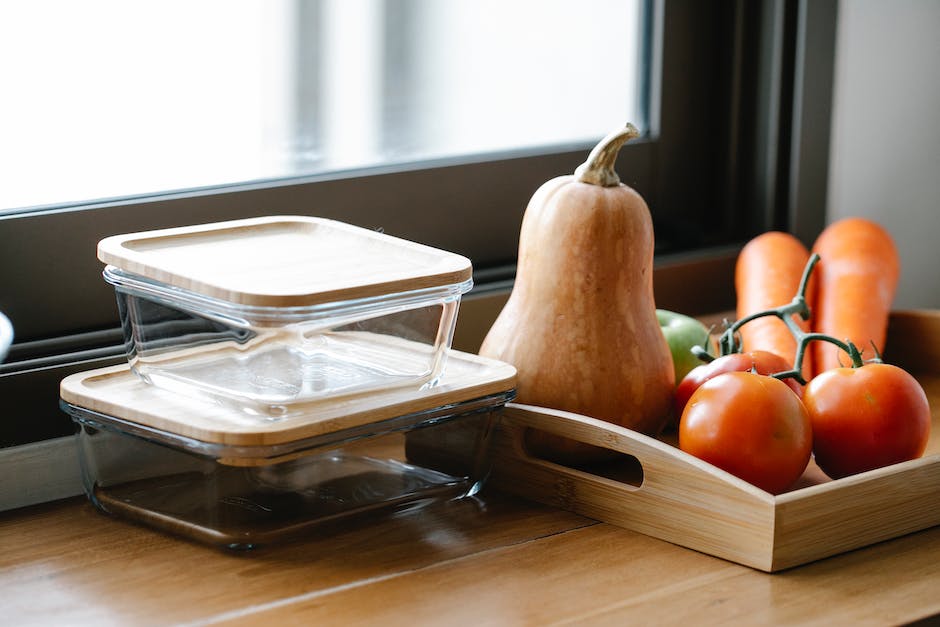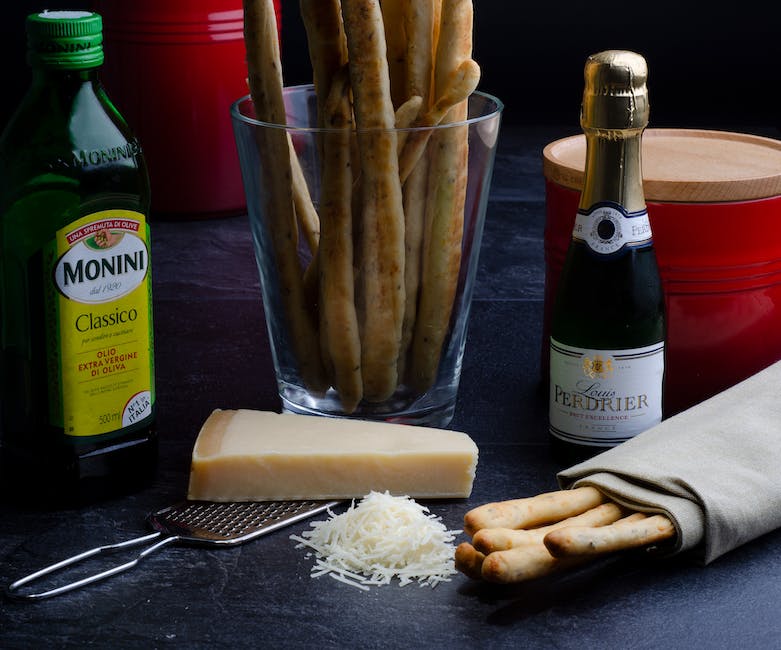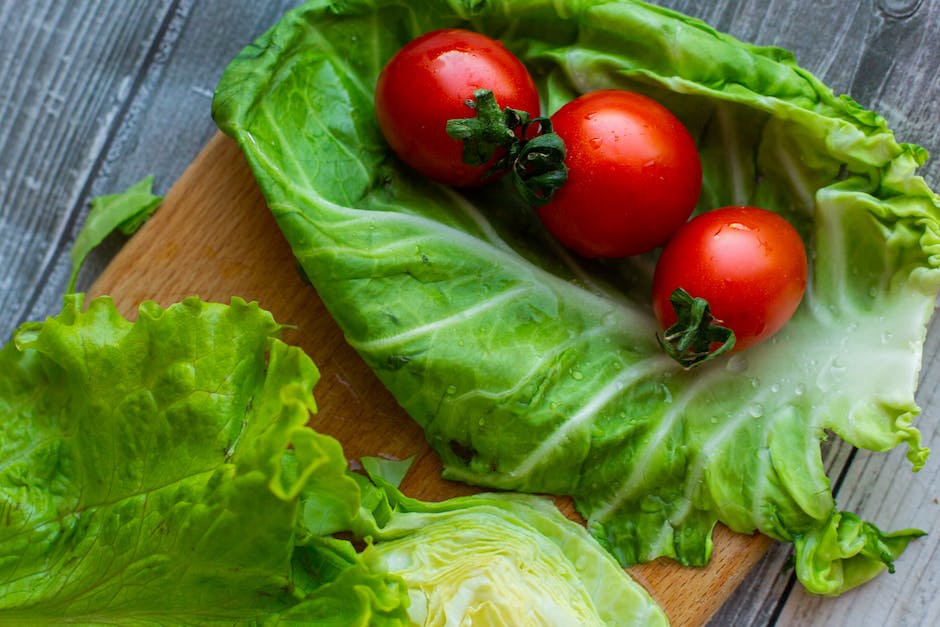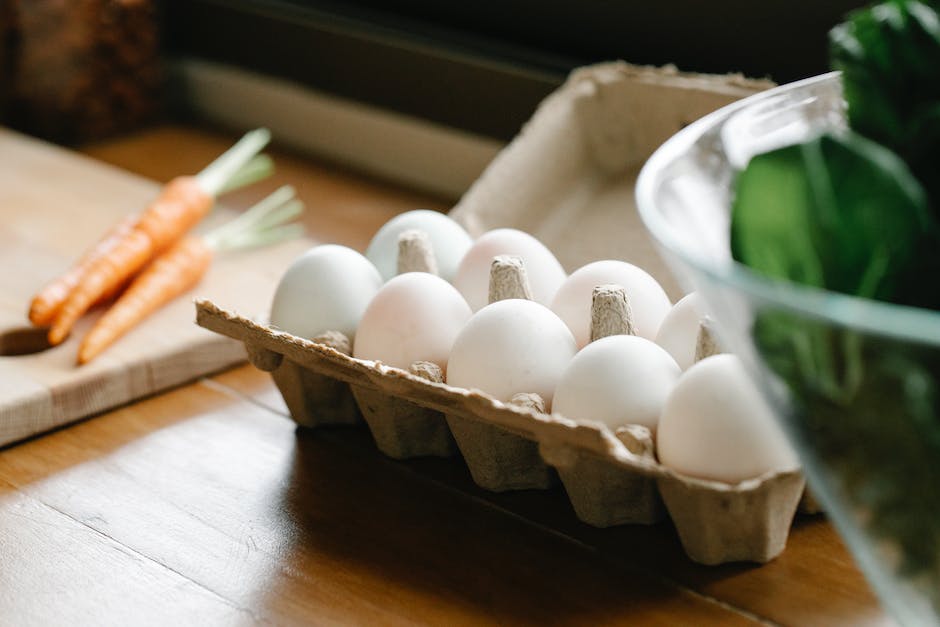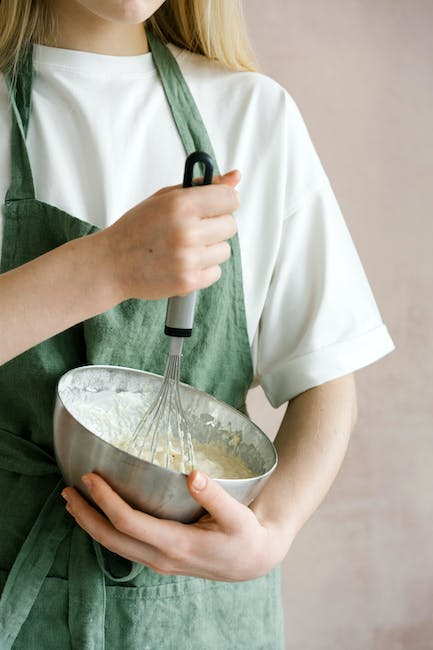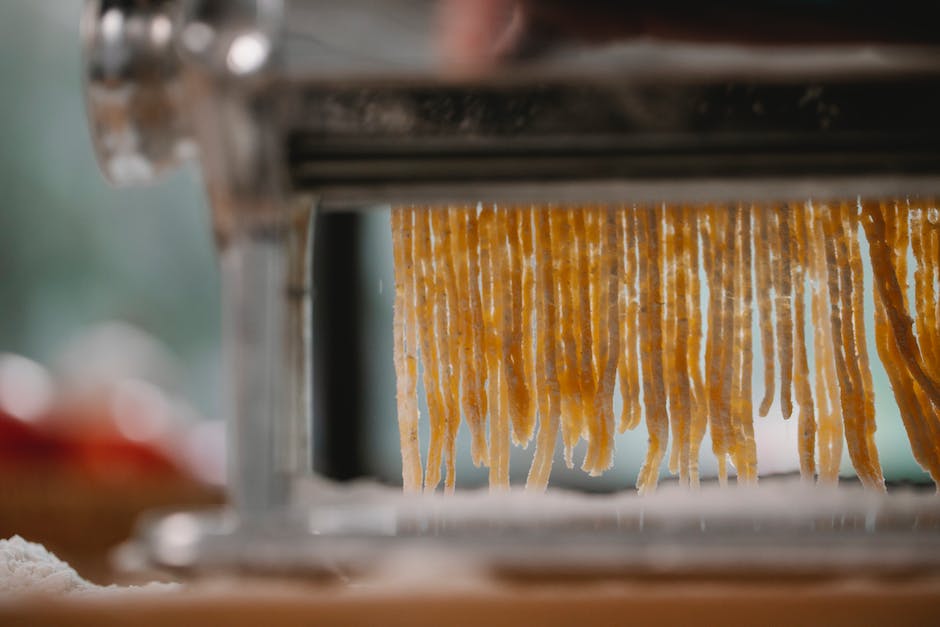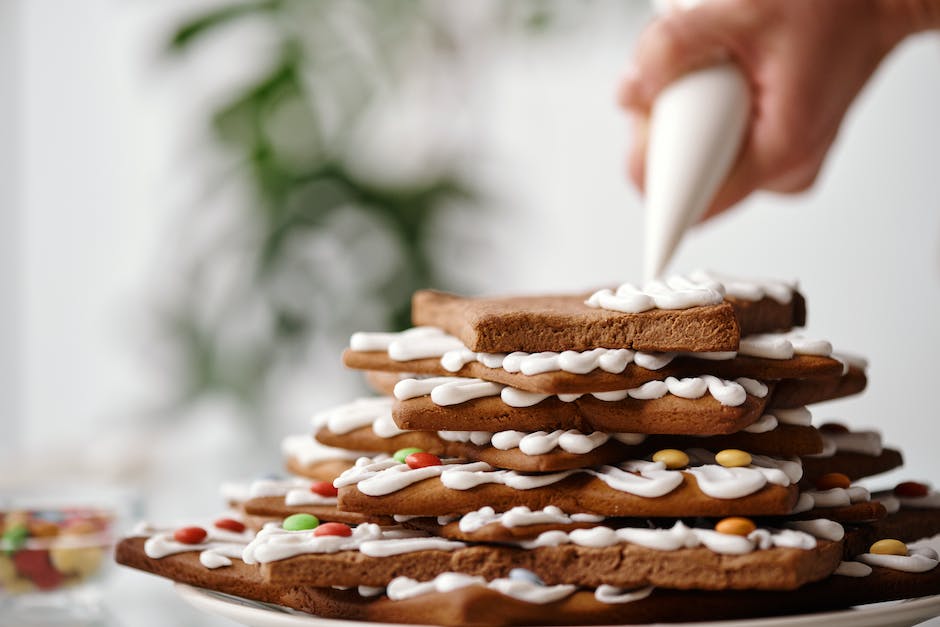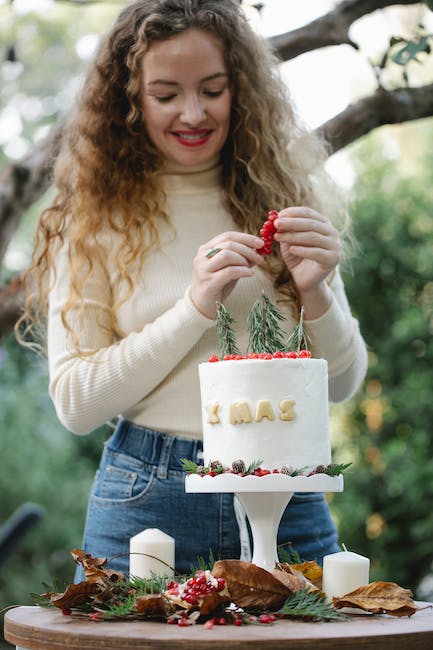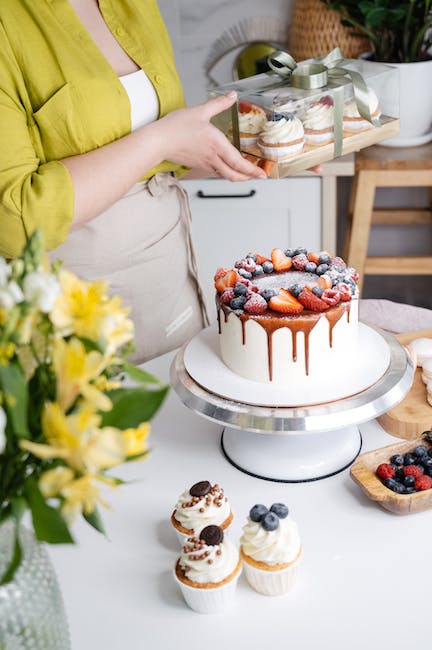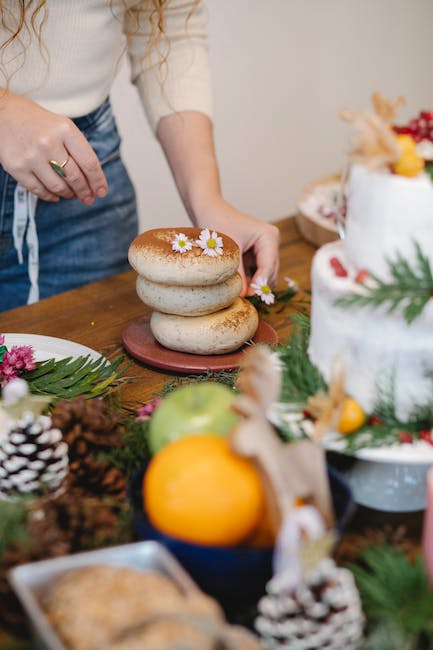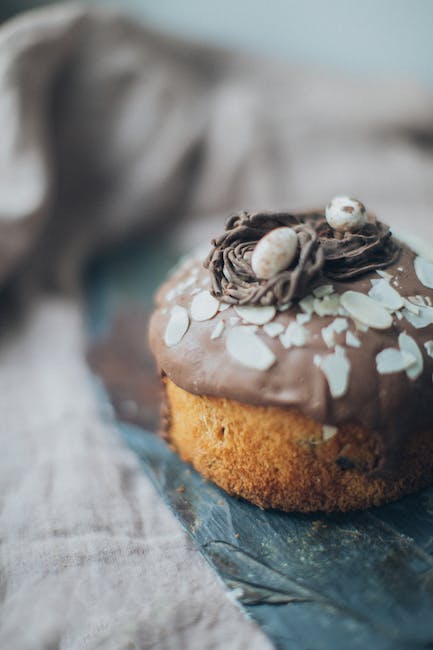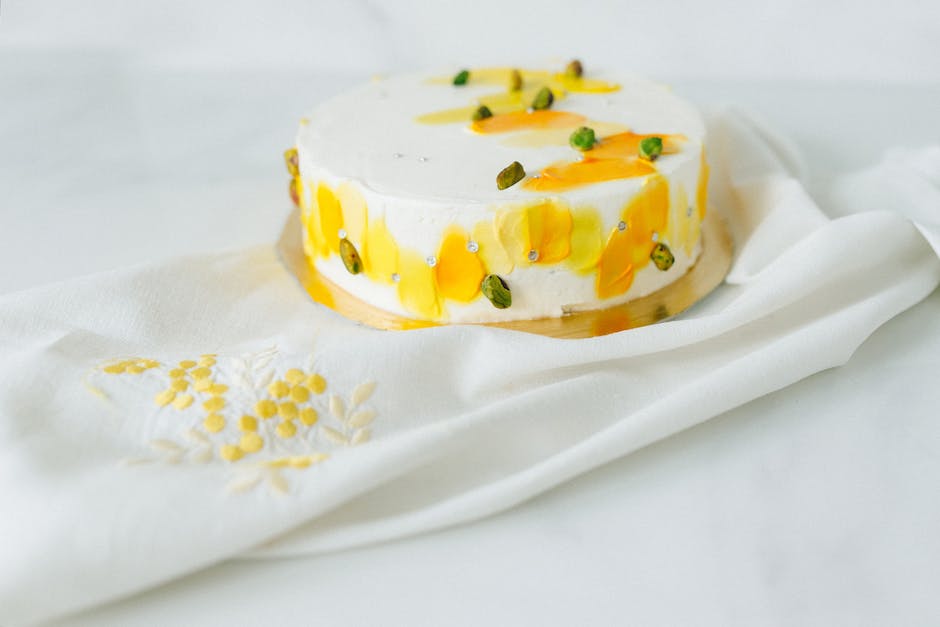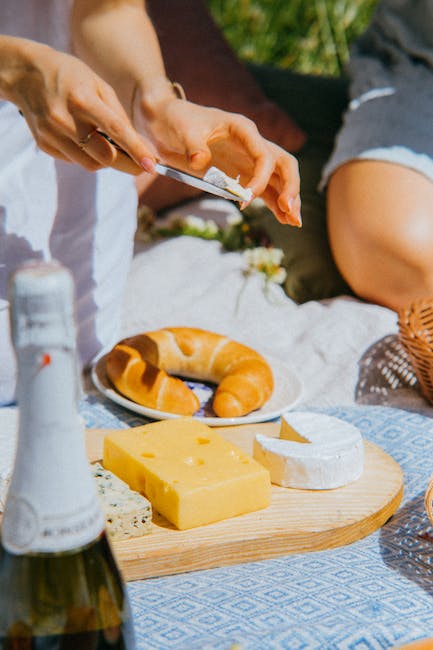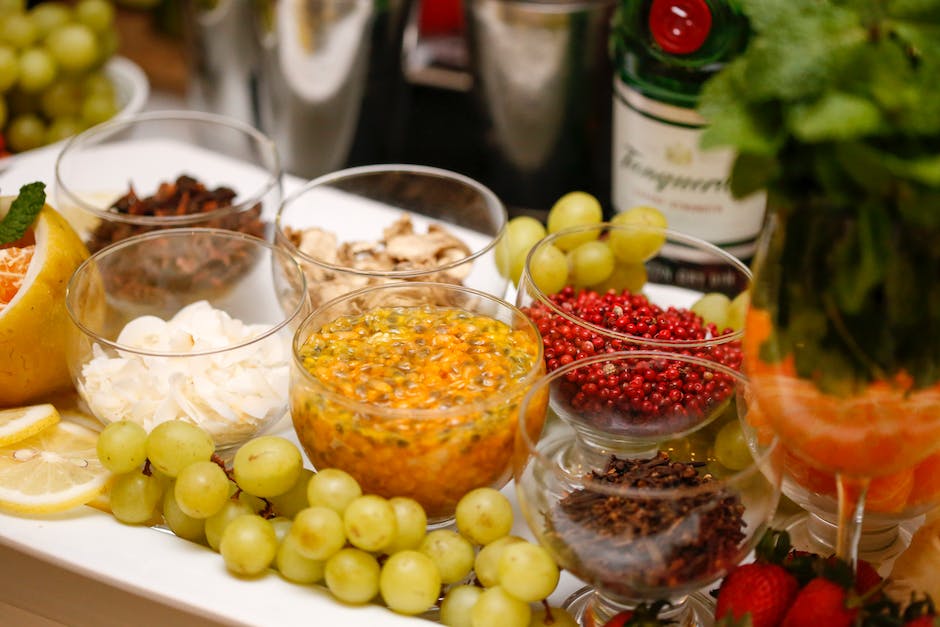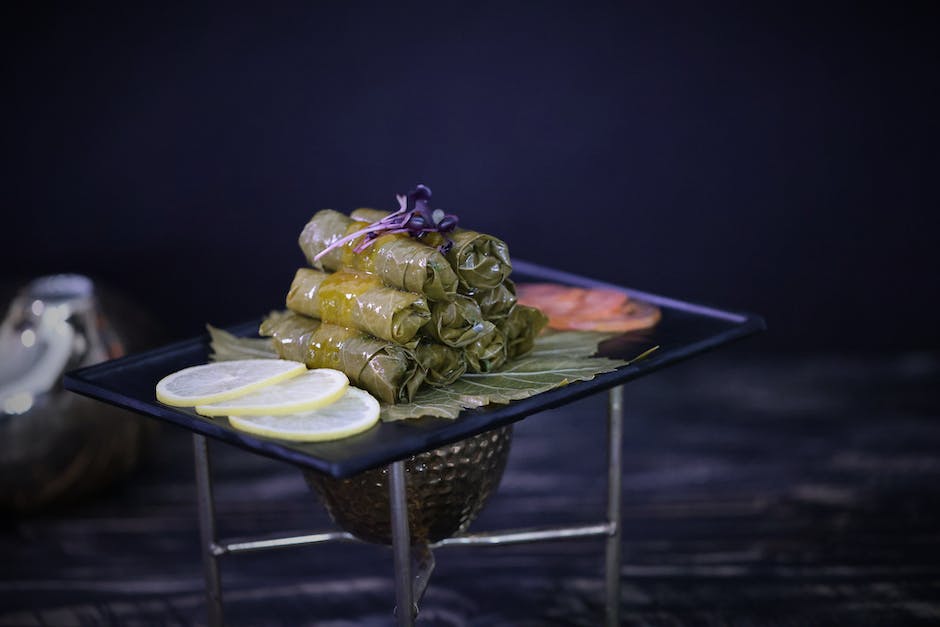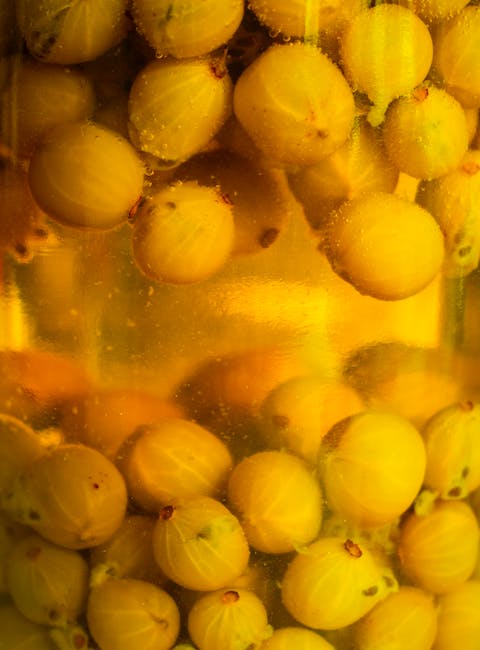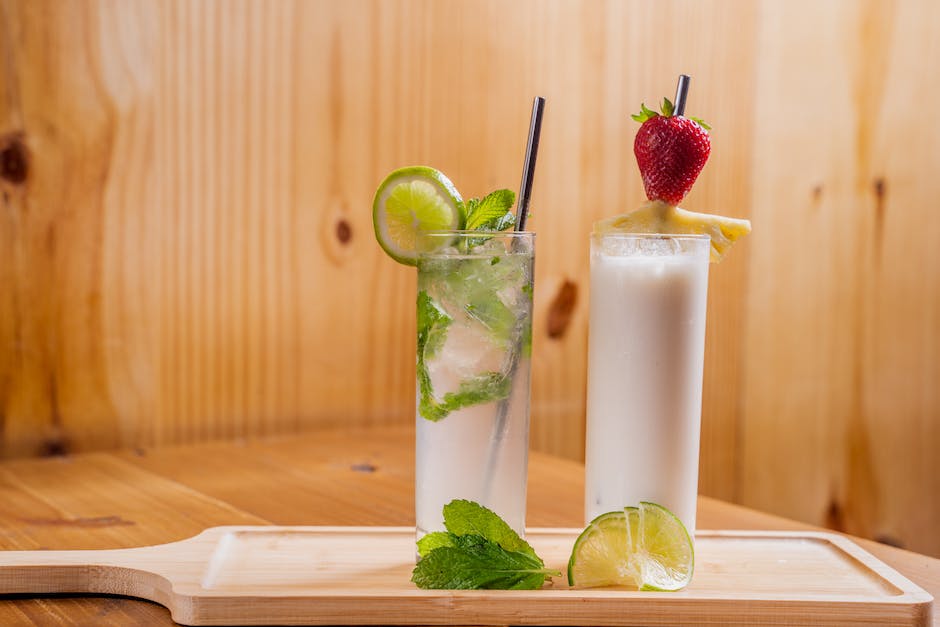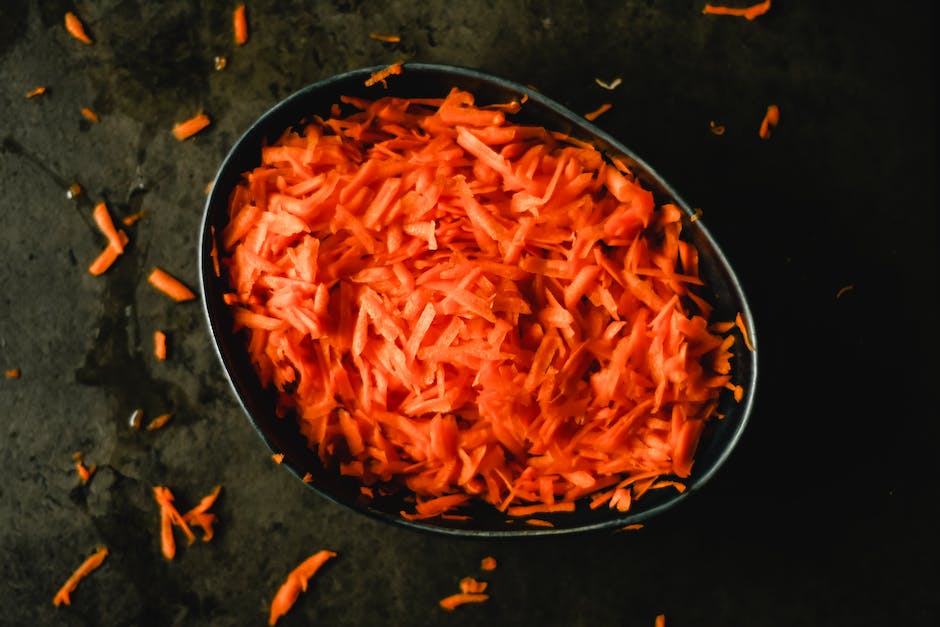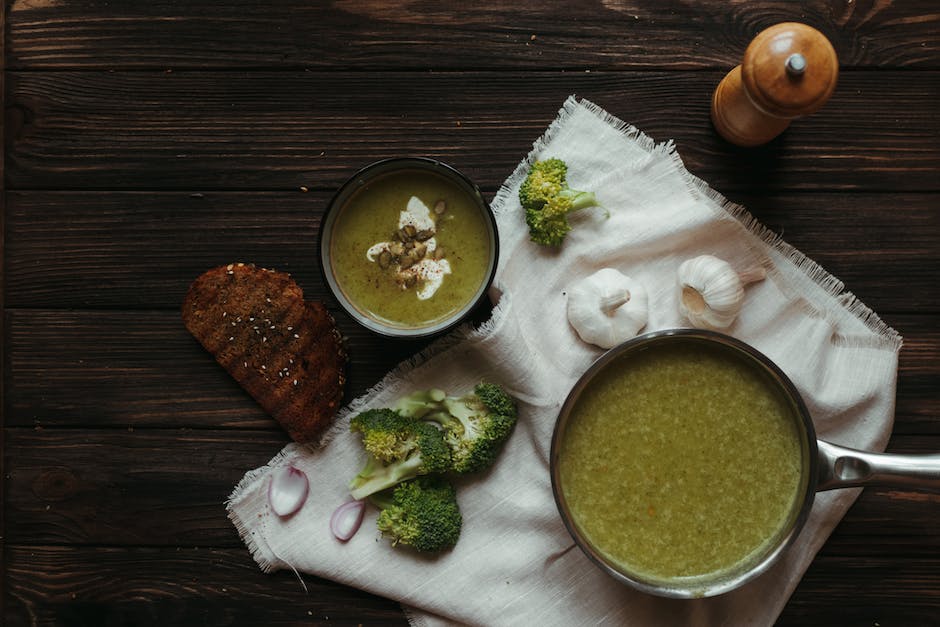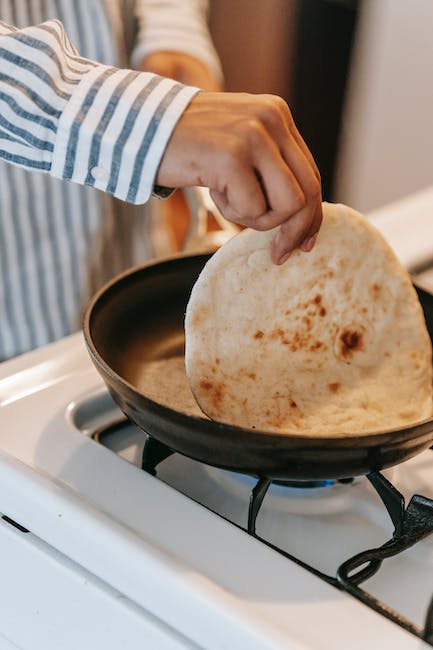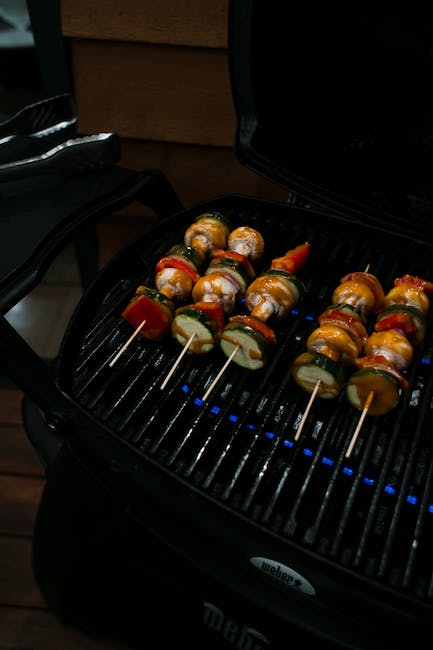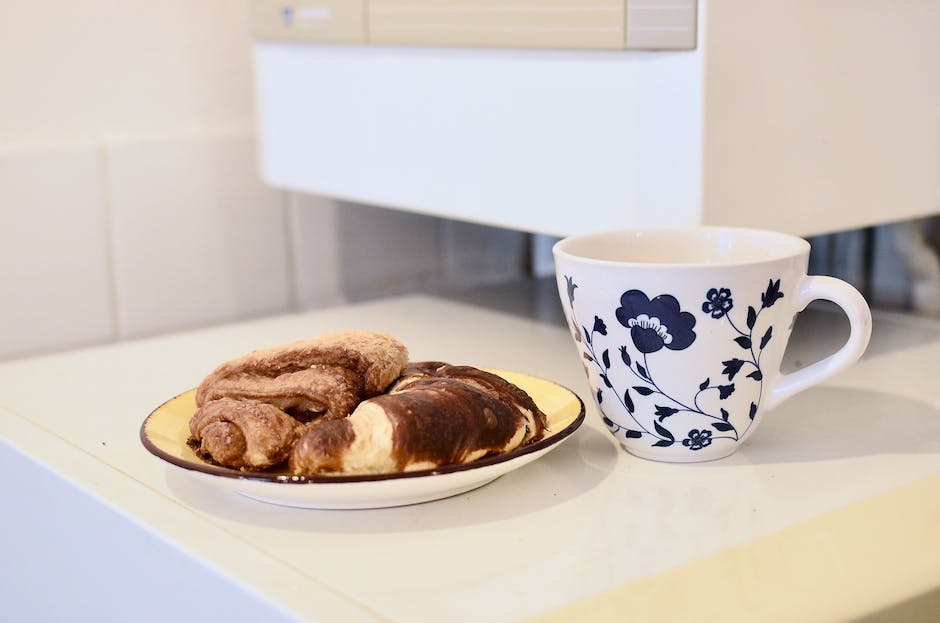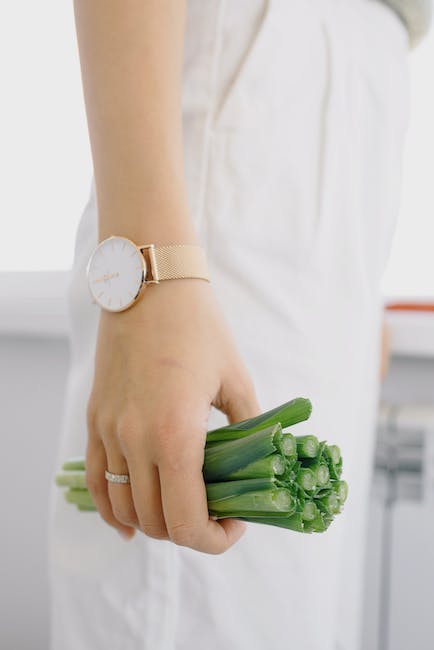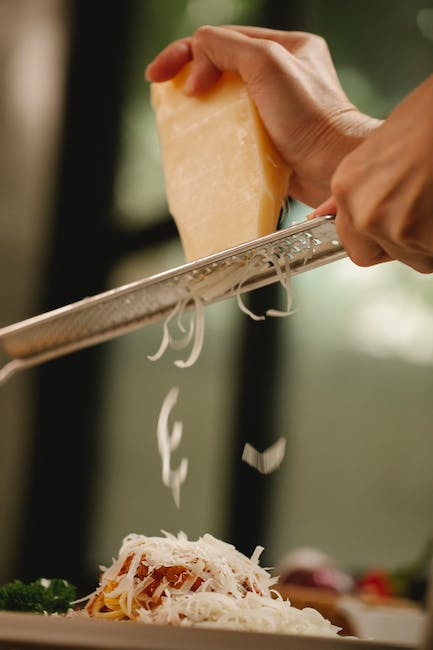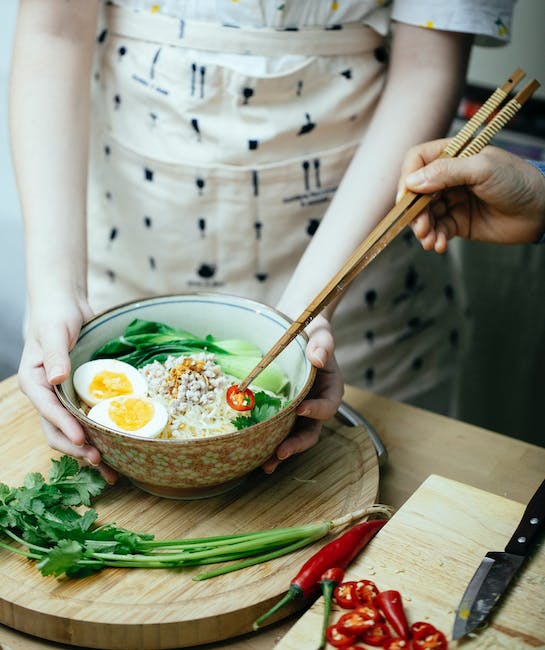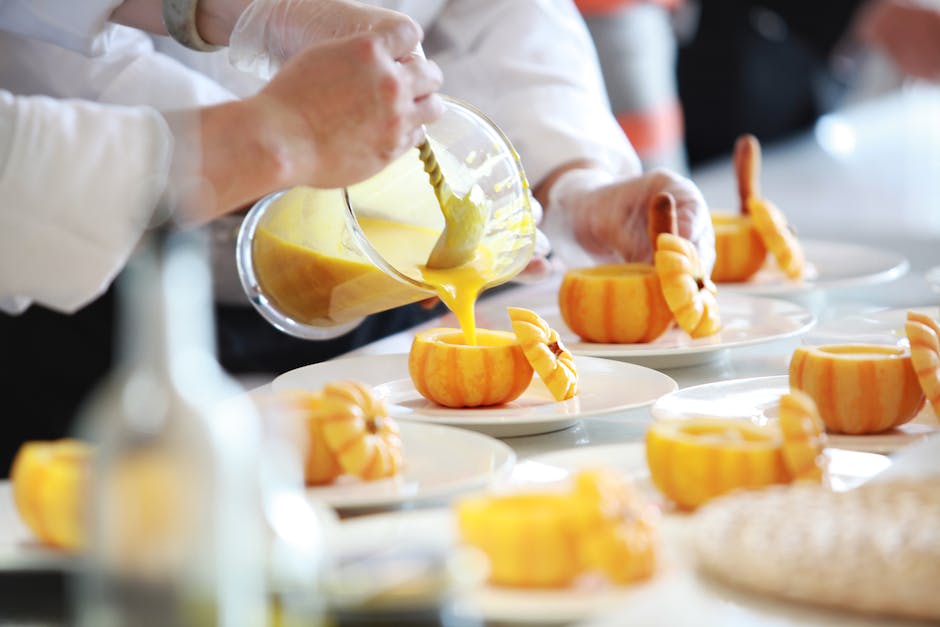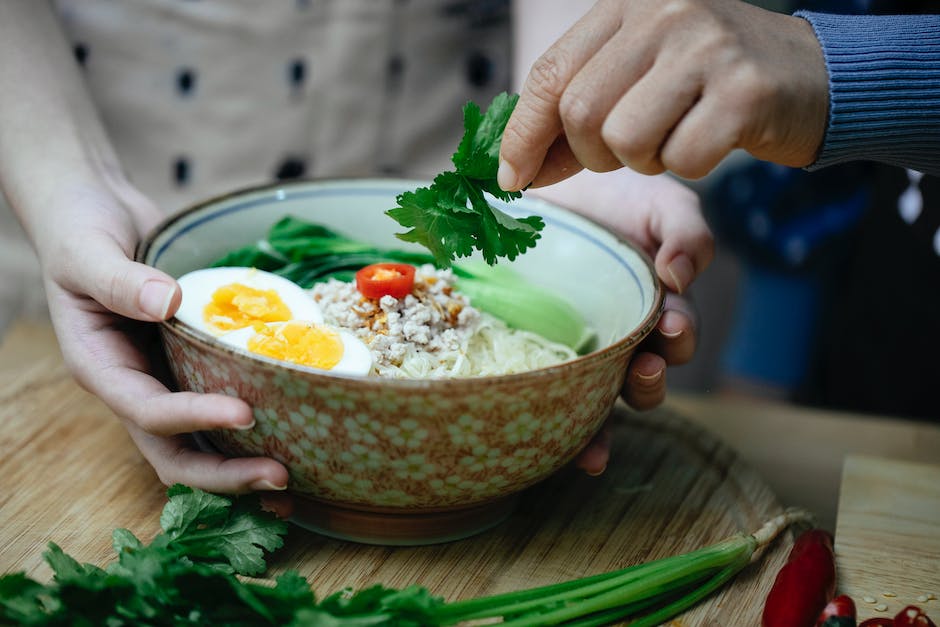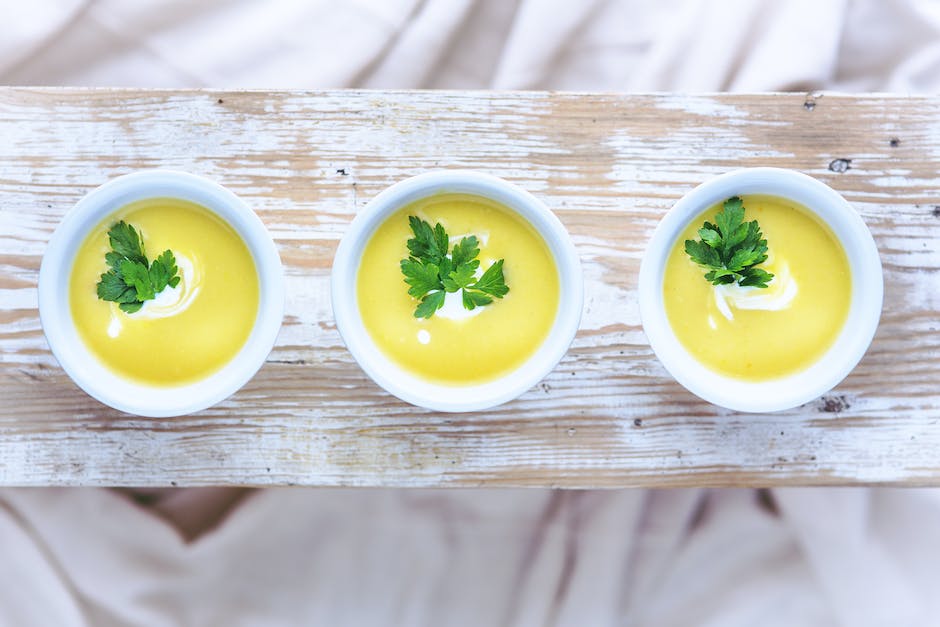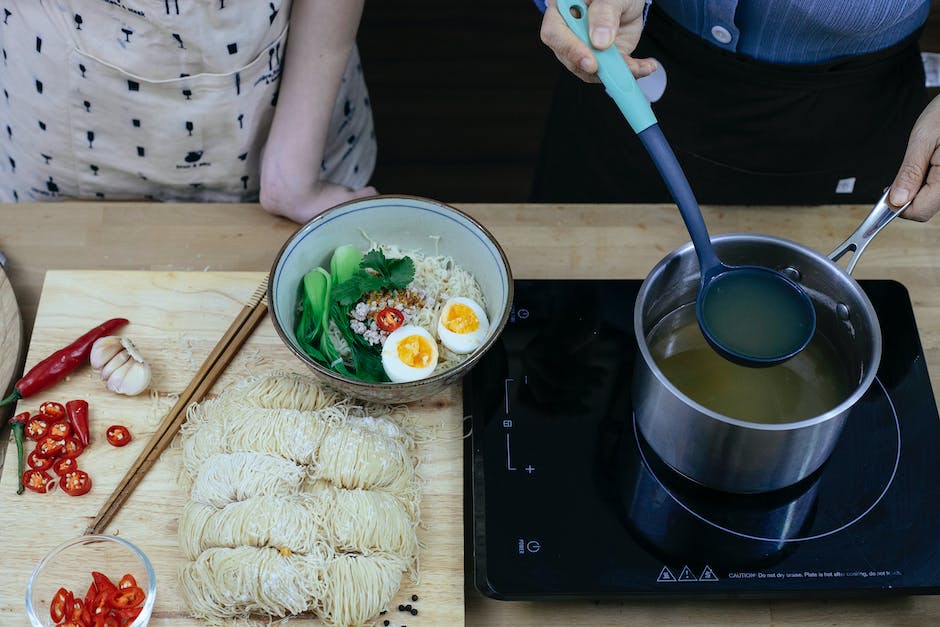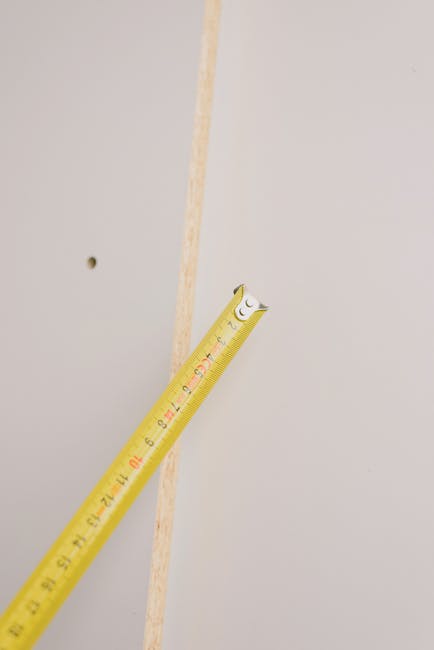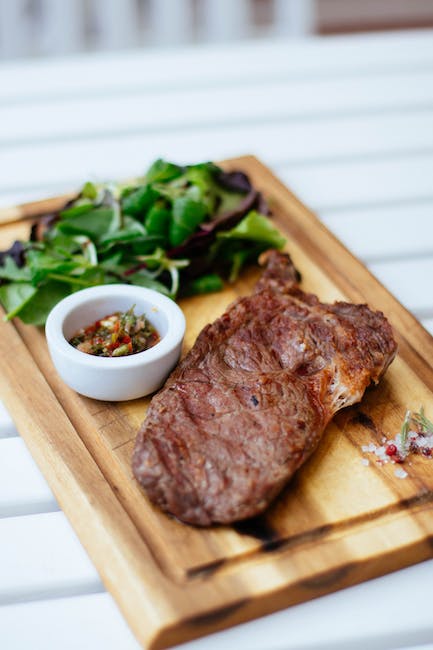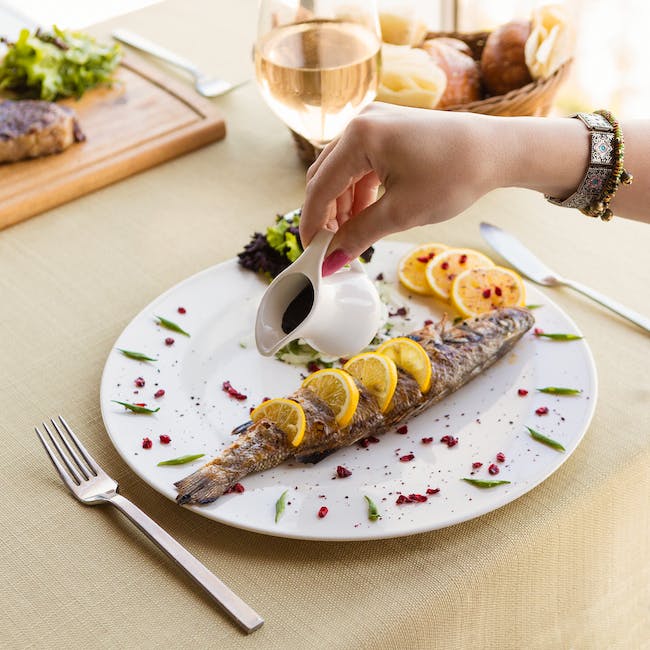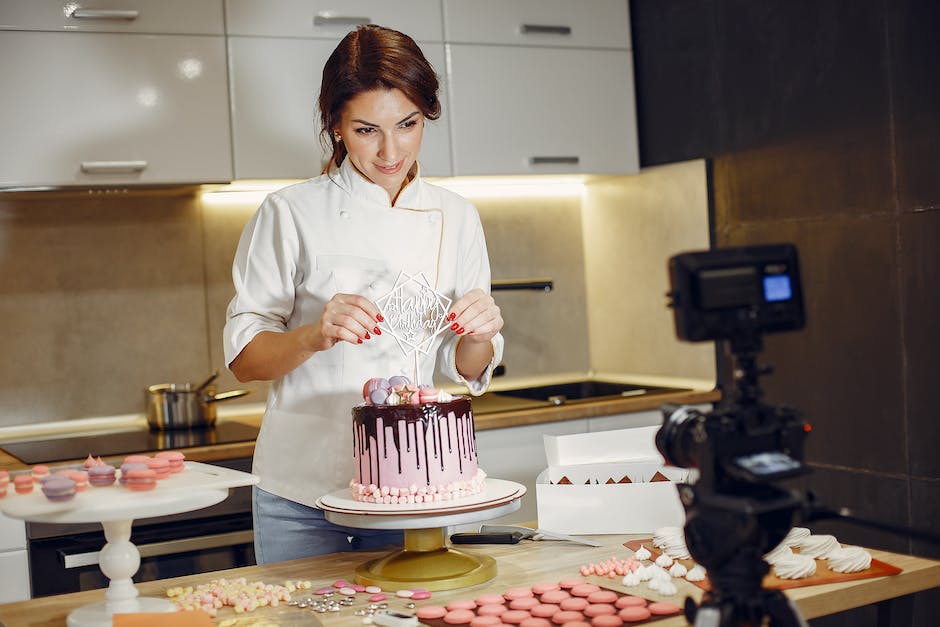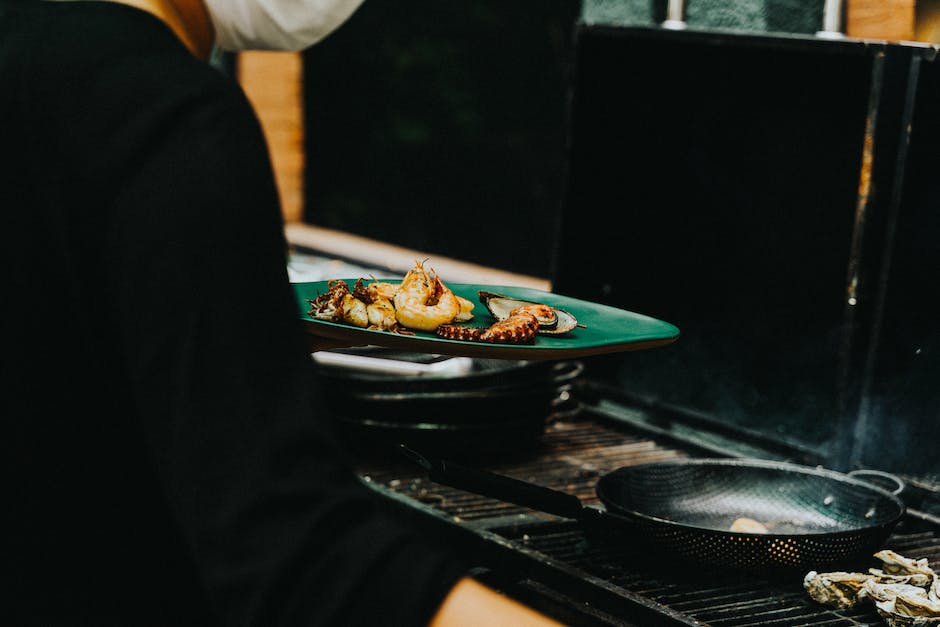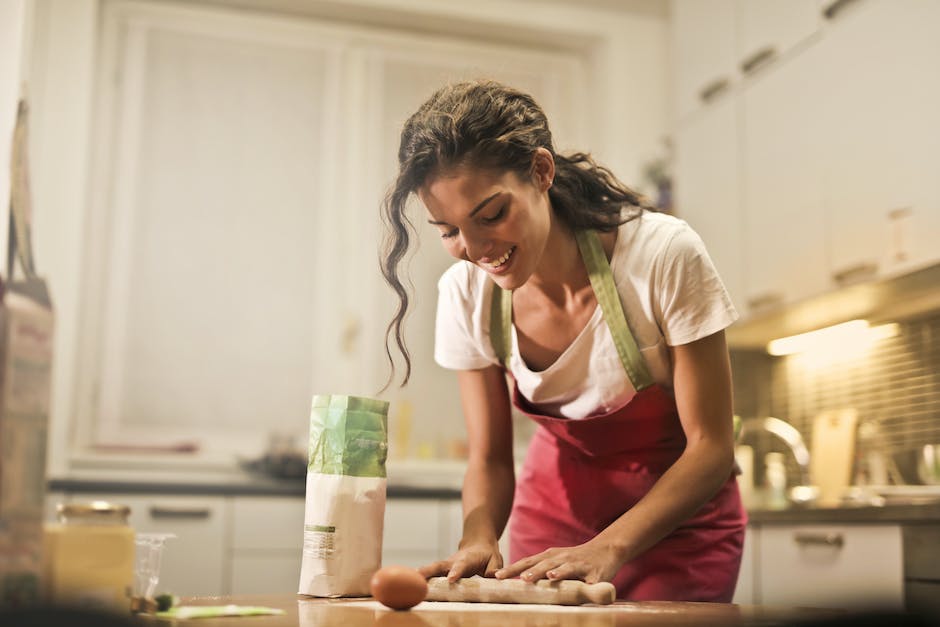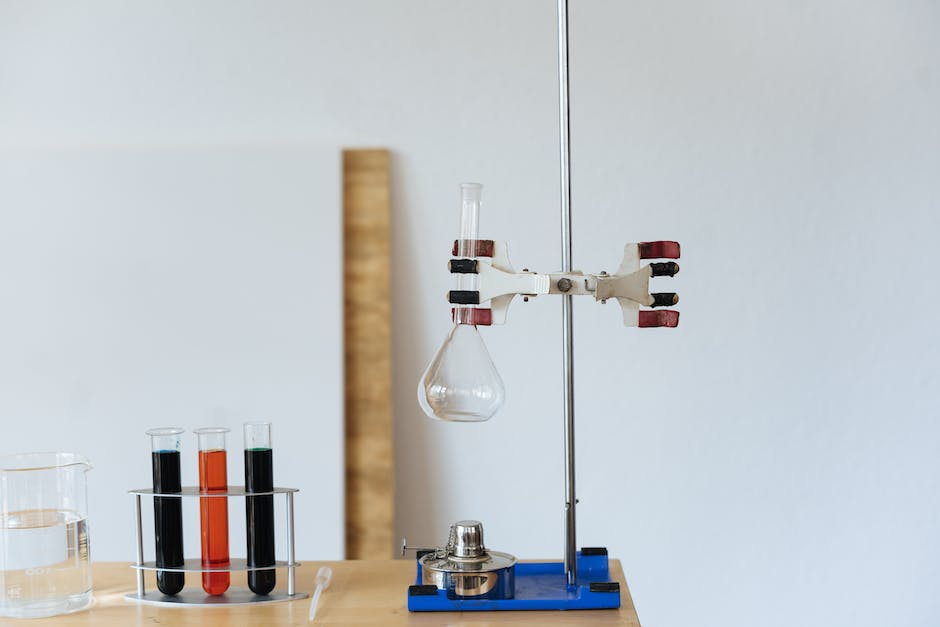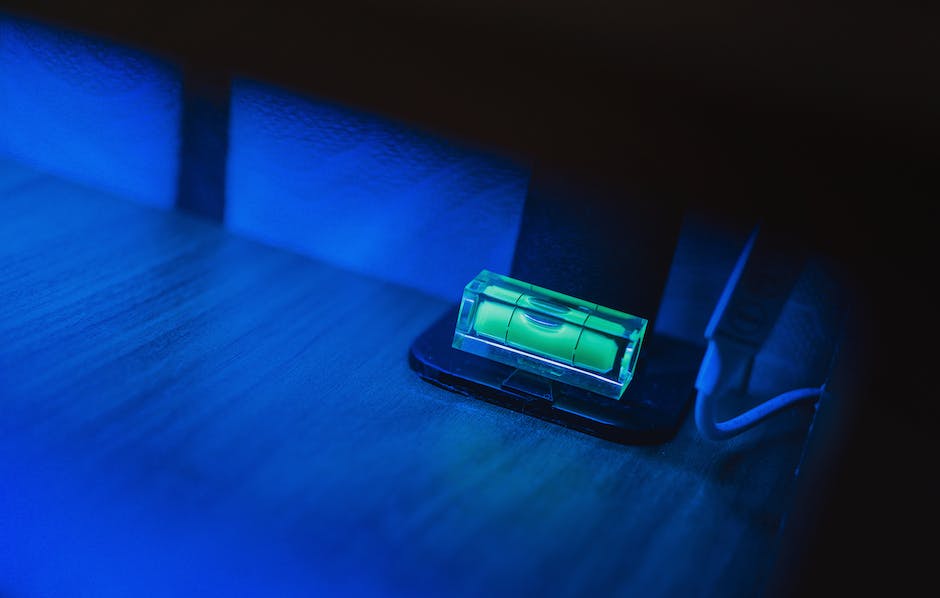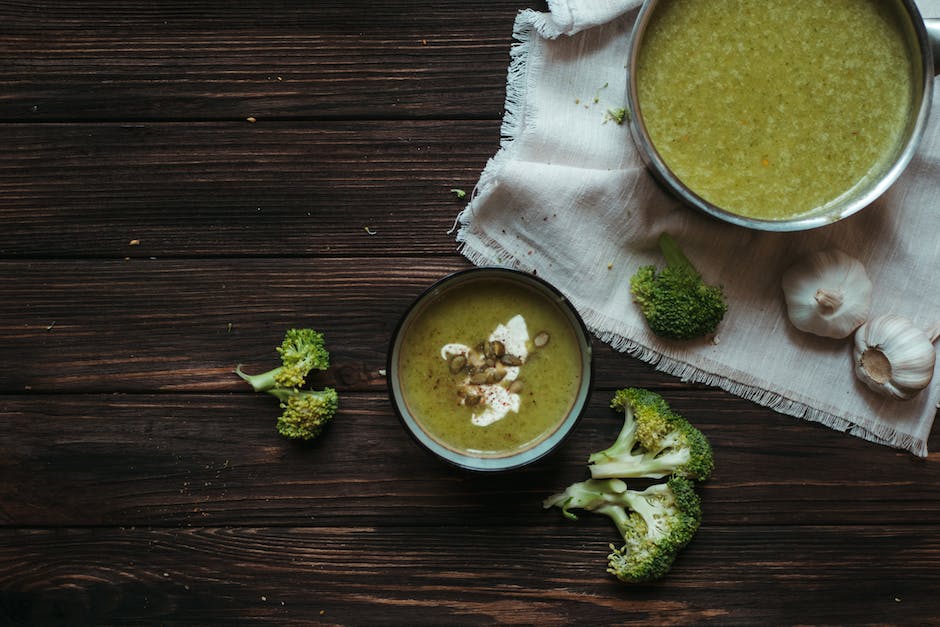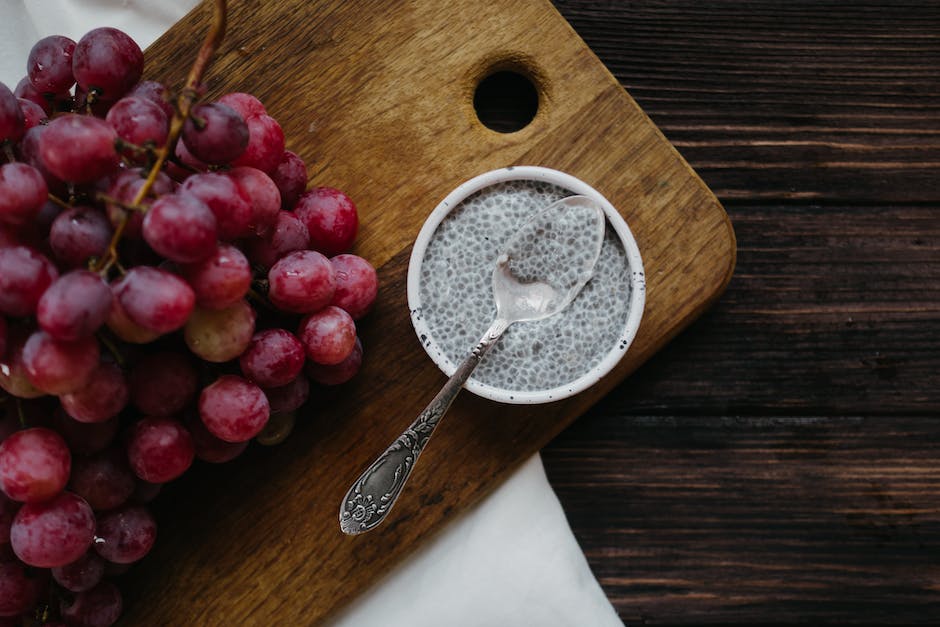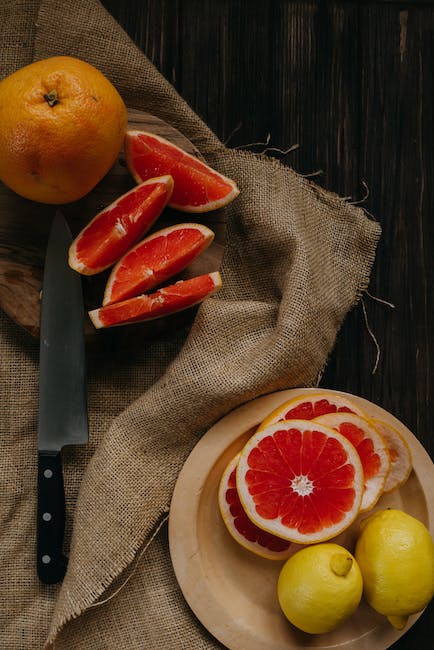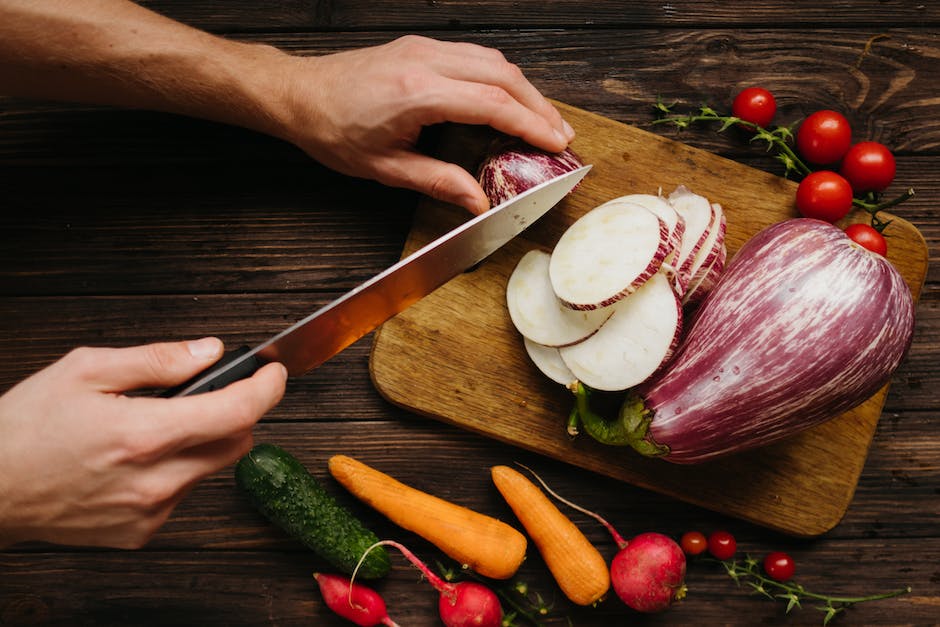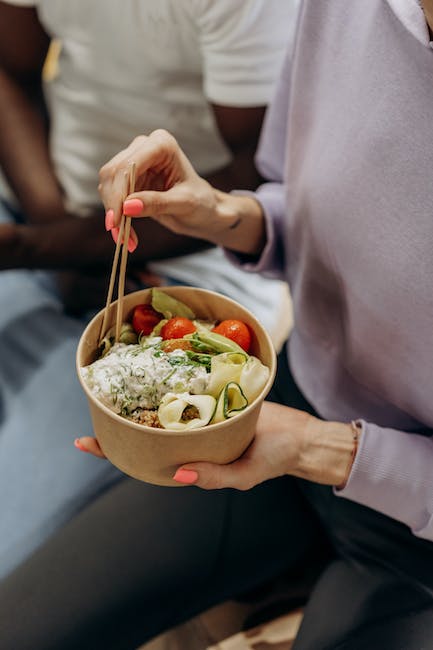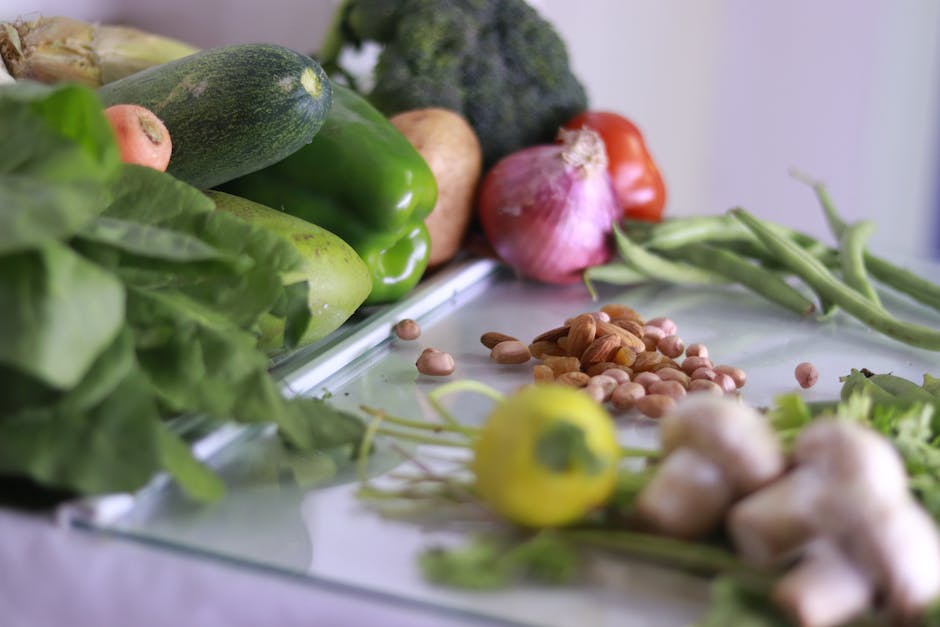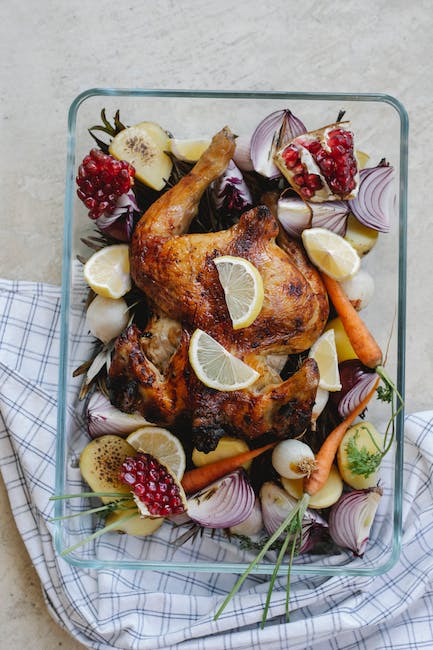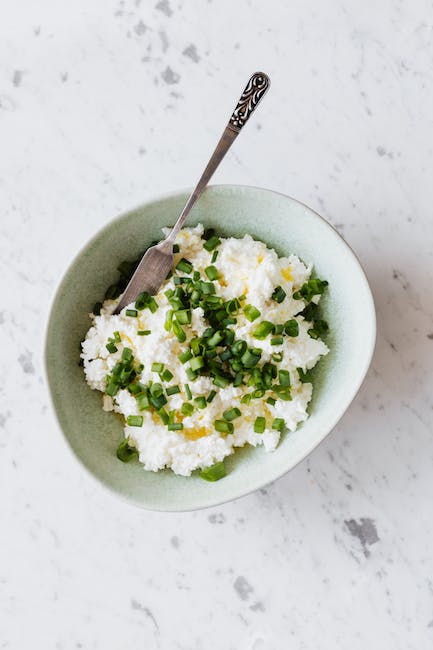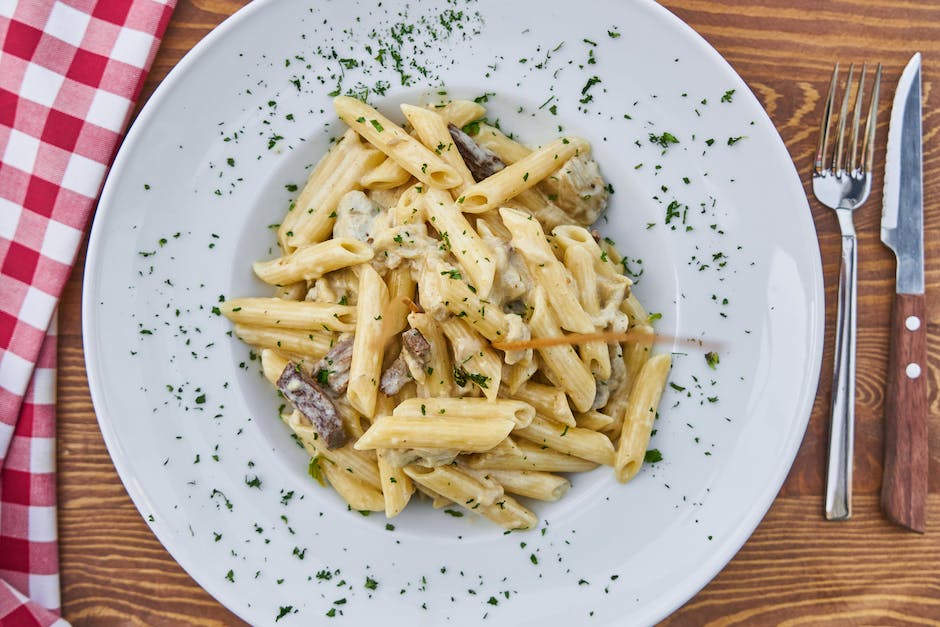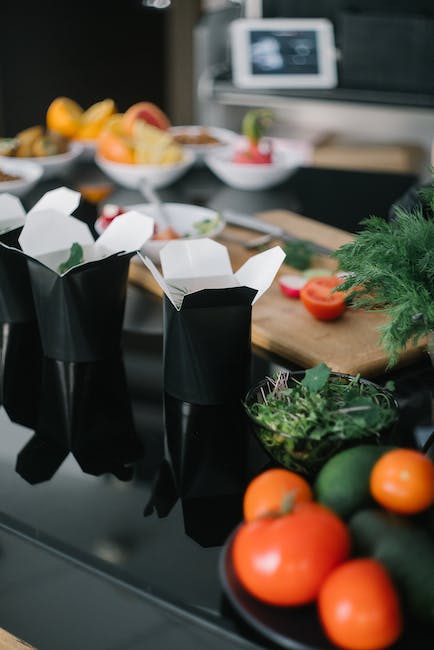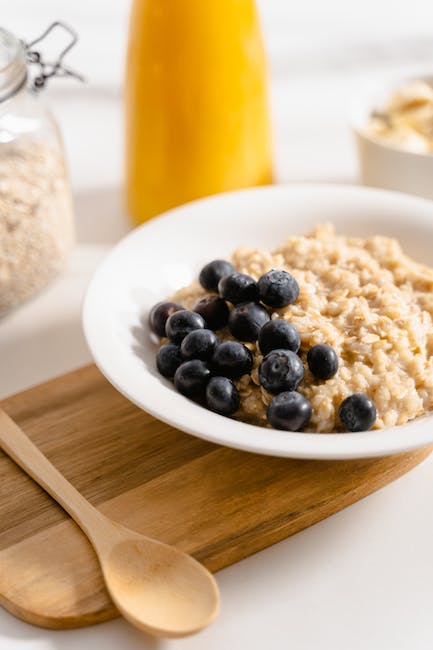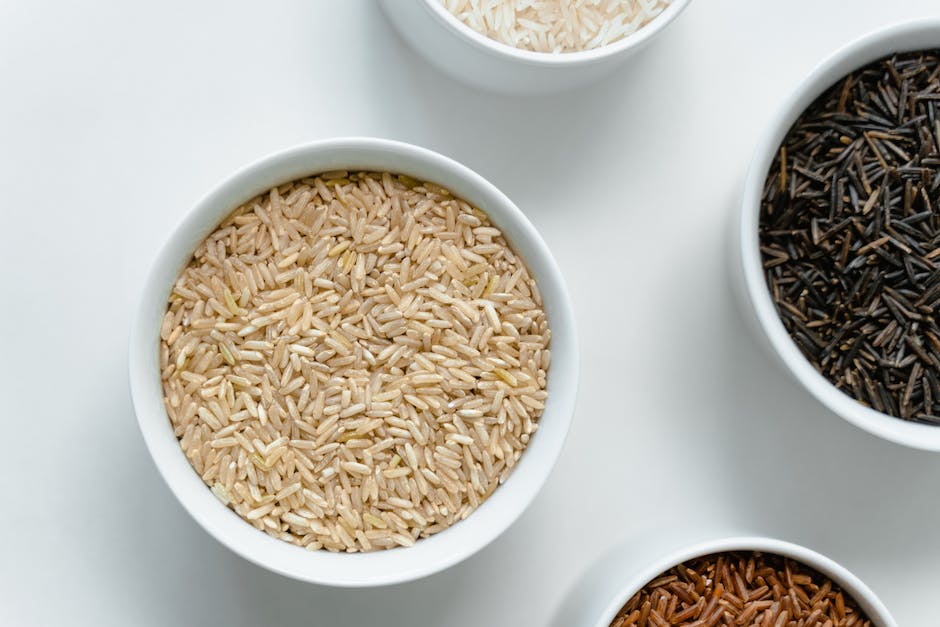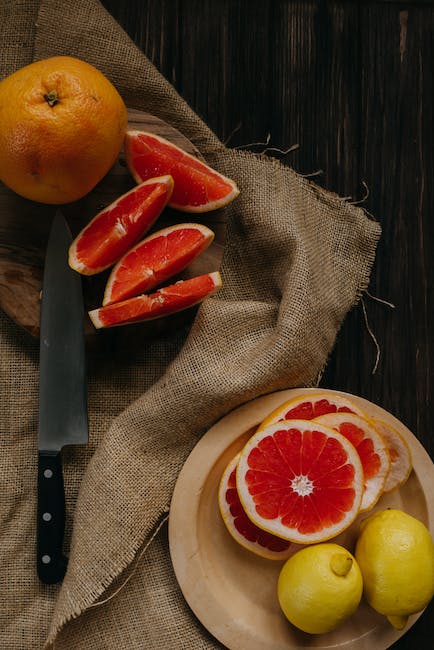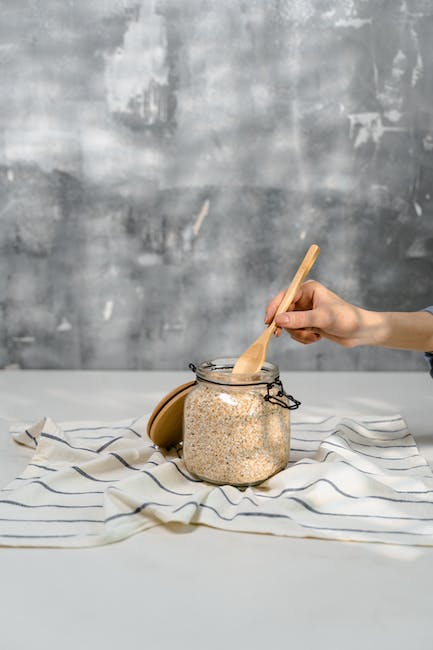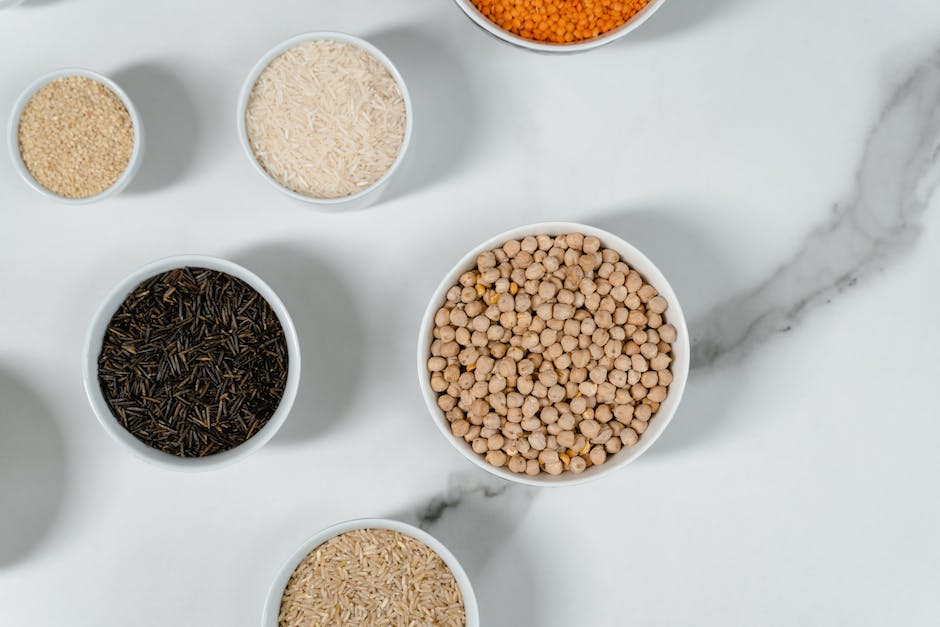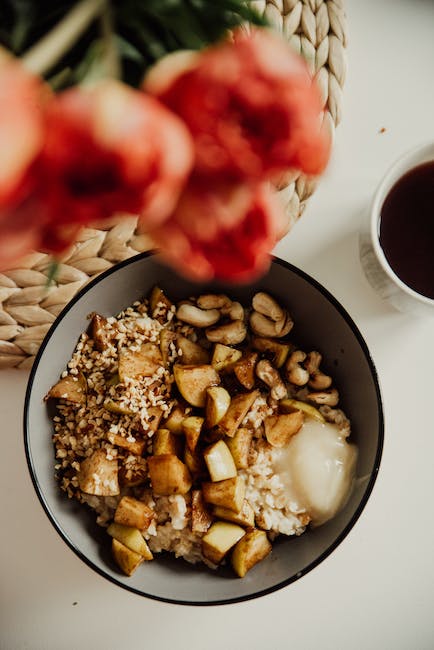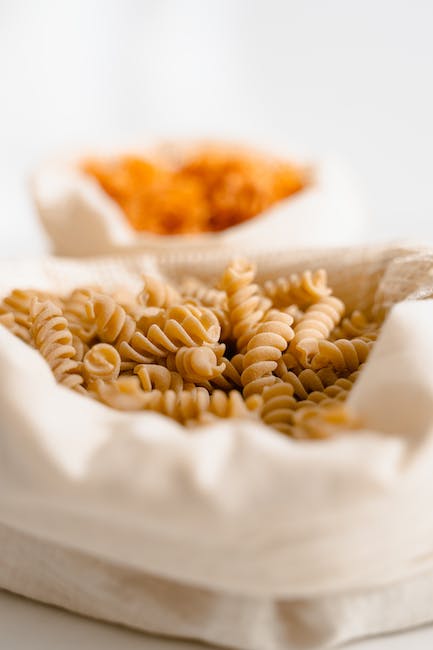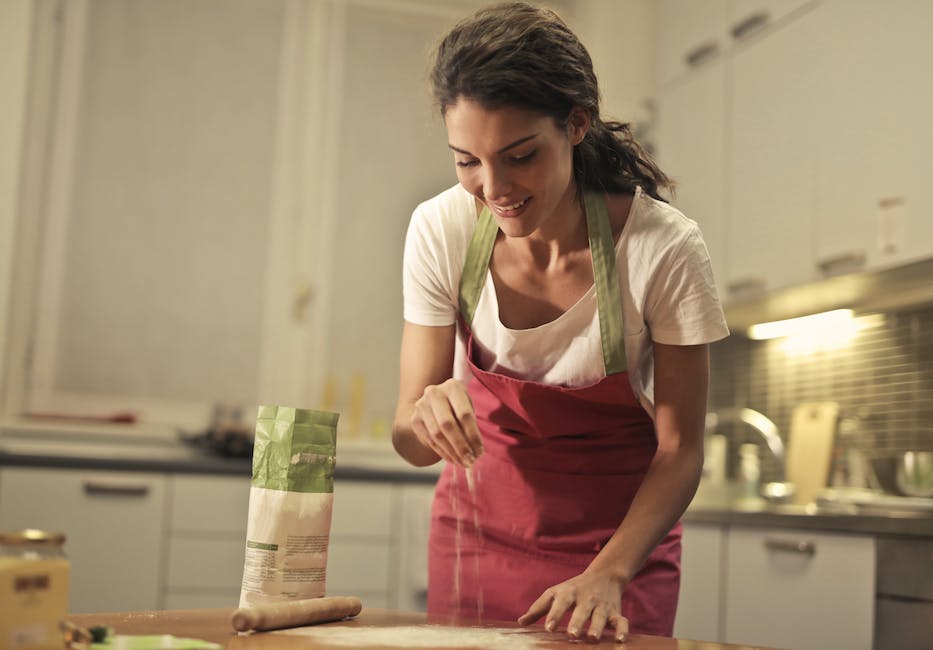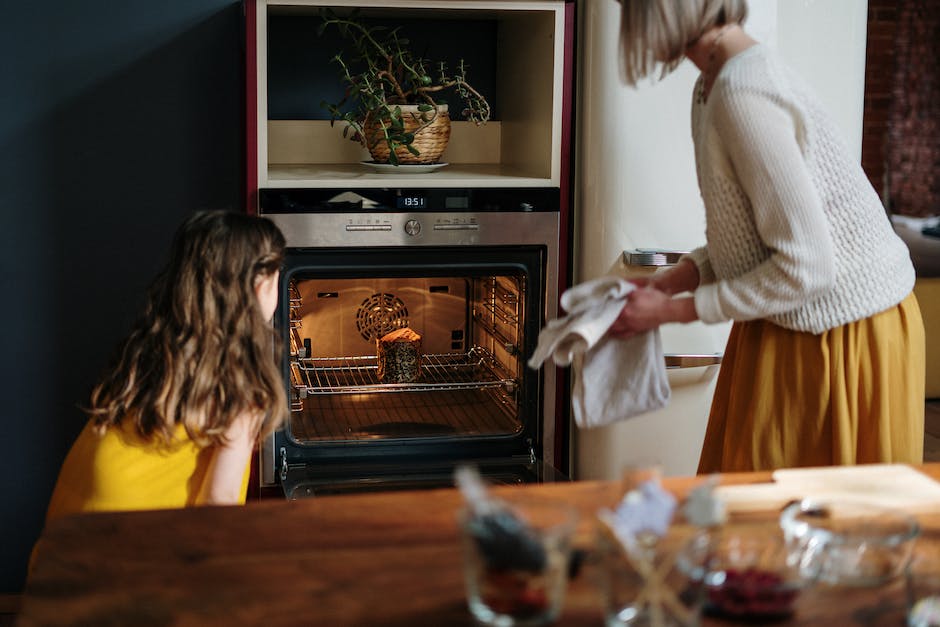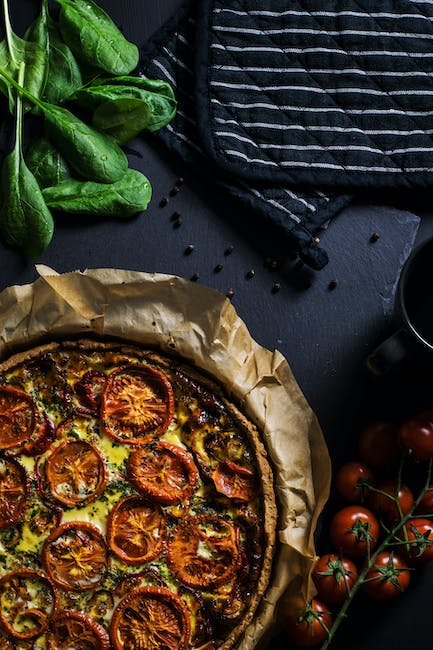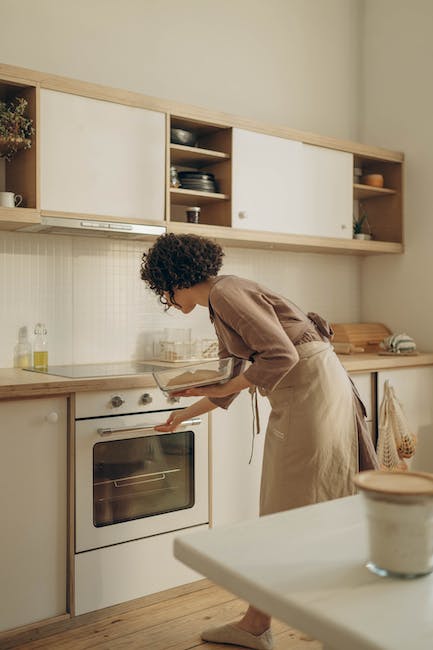Is Oven-Baked Bacon the Best Bacon? Here’s Why You Should Ditch the Pan
Frying bacon on the stovetop can feel like navigating a grease-splattered war zone, with popping grease, the risk of burns, and a smoky kitchen. Many are switching to baking bacon in the oven, and it’s easy to see why. Oven-baked bacon delivers a perfect combination of buttery and crisp textures, it’s a safer and less messy method. Even the most discerning bacon lovers, those who meticulously tweak their smokers for that perfect flavor, admit that oven-baked bacon can be next-level. Ready to revolutionize your bacon game? Lay the strips on a baking sheet, toss it in at 400°F (200°C), and in about 15 minutes…
The Case for Oven-Baked Bacon: Why You Should Make the Switch
Why are more and more people ditching the frying pan for the oven when it comes to cooking bacon? Several compelling reasons make oven-baked bacon an increasingly popular choice:
- Reduced Mess: Say goodbye to grease splatters all over your stovetop and countertops. Baking bacon in the oven contains the mess, making cleanup a breeze.
- Less Monitoring: Unlike pan-frying, where you need to constantly watch and flip the bacon, oven-baking allows you to set it and (mostly) forget it. This frees you up to prepare the rest of your meal or simply relax while the bacon cooks to crispy perfection.
- More Even Cooking: The consistent heat of the oven ensures that the bacon cooks evenly, resulting in uniformly crispy strips every time. No more burnt edges or undercooked centers.
- Safer Cooking: Eliminating grease splatter reduces the risk of burns.
- Hands-Off Cooking: You can focus on preparing other components of the meal while the bacon is cooking.
Achieving Bacon Perfection in the Oven: A Step-by-Step Guide
Baking bacon in the oven is incredibly simple, but following these steps will ensure the best possible results:
- Preheat Your Oven: Set your oven to 400°F (200°C).
- Prepare Your Baking Sheet: Line a baking sheet with parchment paper or aluminum foil. This makes cleanup even easier and prevents the bacon from sticking.
- Arrange the Bacon: Lay the bacon strips in a single layer on the prepared baking sheet. Avoid overlapping, as this will prevent even cooking.
- Bake to Crispy Perfection: Place the baking sheet in the preheated oven and bake for 15-20 minutes, or until the bacon is cooked to your desired level of crispness. The exact time will depend on the thickness of the bacon and your oven.
- Remove and Drain: Once the bacon is cooked, remove the baking sheet from the oven and transfer the bacon strips to a paper towel-lined plate to drain off any excess grease.
Pro Tips for the Best Oven-Baked Bacon Experience
Elevate your oven-baked bacon game with these insider tips:
- Use a Wire Rack: For extra-crispy bacon, place a wire rack on top of your baking sheet and arrange the bacon on the rack. This allows air to circulate around the bacon, resulting in even crispier strips.
- Don’t Overcrowd the Pan: Overcrowding the baking sheet will steam the bacon instead of baking it, resulting in limp, unevenly cooked strips. If necessary, use two baking sheets to ensure the bacon is in a single layer.
- Experiment with Flavors: Before baking, sprinkle the bacon with brown sugar, black pepper, red pepper flakes, or other seasonings for a flavorful twist.
- Save the Bacon Fat: Don’t discard the rendered bacon fat! It’s liquid gold for cooking. Store it in a jar in the refrigerator and use it to add flavor to eggs, vegetables, and other dishes.
The Optimal Temperature for Oven-Baked Bacon
While 400°F (200°C) is a commonly recommended temperature for baking bacon, some cooks prefer slightly different temperatures to achieve specific results:
- 350°F (175°C): Baking at a lower temperature will result in chewier bacon.
- 425°F (220°C): Baking at a higher temperature will result in crispier bacon, but requires closer monitoring to prevent burning.
Ultimately, the best temperature is a matter of personal preference. Experiment to find the temperature that yields your ideal bacon texture.
Time to Crispiness: How Long to Bake Bacon in the Oven
The baking time for bacon in the oven depends on the thickness of the bacon and your desired level of crispness:
- Regular-Cut Bacon: Typically takes 15-20 minutes at 400°F (200°C).
- Thick-Cut Bacon: May require 20-25 minutes at 400°F (200°C).
Start checking the bacon around the 15-minute mark and continue baking until it reaches your desired level of crispness.
Healthier Bacon? Reducing Fat Content in Oven-Baked Bacon
While bacon is undoubtedly delicious, it’s also high in fat. Baking bacon in the oven can help reduce the fat content compared to pan-frying:
- The wire rack method helps to render fat away from the bacon. As the bacon cooks, the fat drips away from the strips, resulting in slightly leaner bacon.
- Paper towels placed on a plate to allow the bacon to sit after baking will also help to absorb some of that extra grease.
Bacon Beyond Breakfast: Creative Ways to Use Oven-Baked Bacon
Oven-baked bacon isn’t just for breakfast! Here are some creative ways to incorporate crispy bacon into your meals:
- Bacon-Wrapped Dates: Wrap Medjool dates with bacon and bake until the bacon is crispy for a sweet and savory appetizer.
- Bacon Mac and Cheese: Add crumbled bacon to your favorite mac and cheese recipe for a smoky, savory twist.
- Bacon Salad: Top a salad with crispy bacon for added flavor and texture.
- Bacon-Topped Burgers: Elevate your burger game by adding crispy bacon strips.
- Bacon-Infused Desserts: Incorporate bacon into desserts like bacon chocolate chip cookies or bacon caramel popcorn for a salty-sweet treat.
Storing Leftover Bacon: Keep it Crisp
To keep leftover oven-baked bacon crispy, store it in an airtight container in the refrigerator. Reheat in a skillet or microwave.
The Oven-Baked Bacon Revolution
Ditching the pan for the oven is a game-changer for bacon lovers. With its ease, reduced mess, and consistently crispy results, oven-baked bacon is a superior method that will revolutionize your bacon experience. Say goodbye to grease splatters and hello to perfectly cooked bacon every time.


